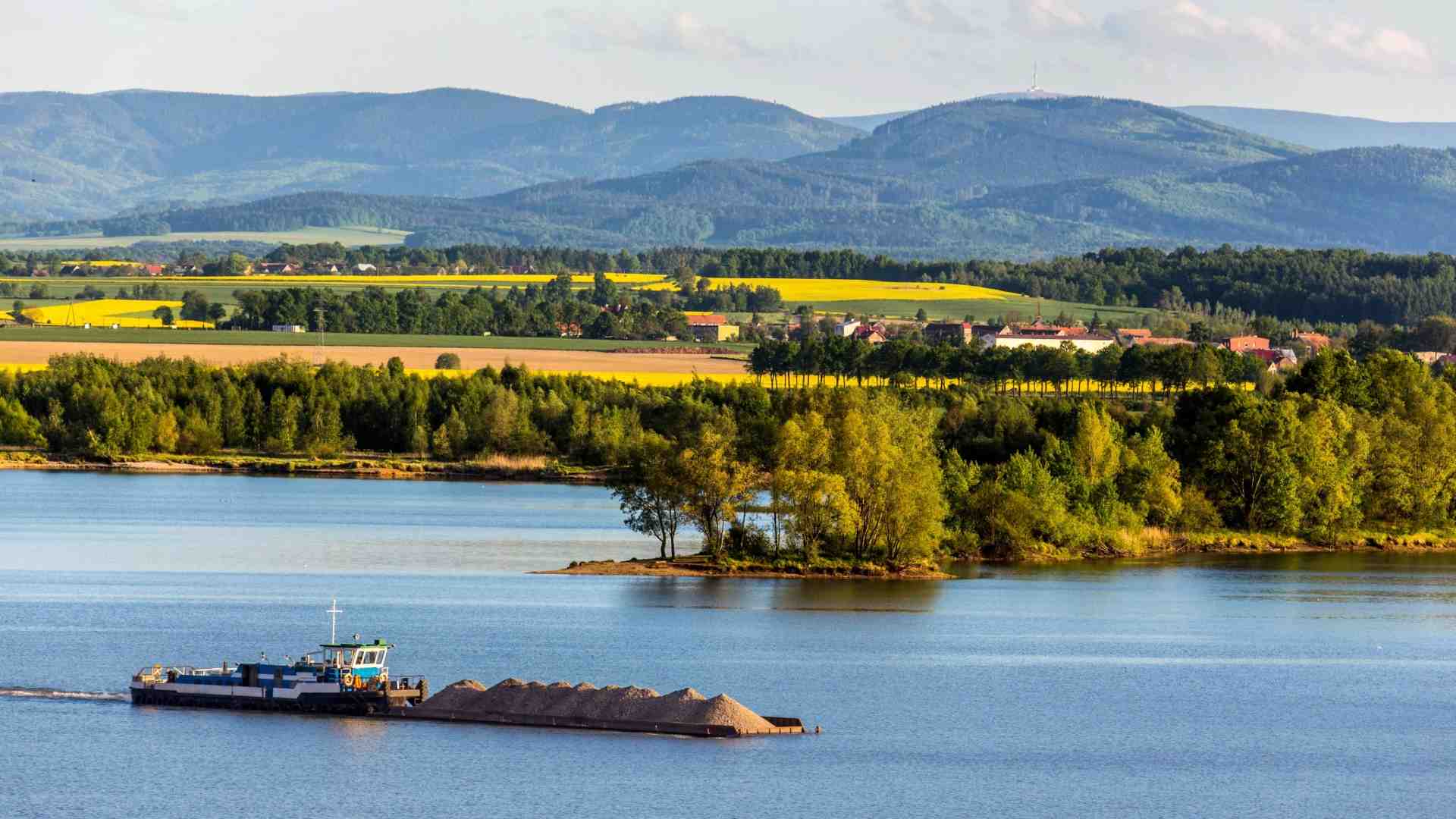Introduction
Lake Wichita, once a beloved recreational hotspot in Wichita Falls, Texas, is on the path to restoration. With efforts led by local residents and the Lake Wichita Revitalization Committee, the long-awaited transformation of the aging lake is gathering momentum. One of the most critical milestones—preparing for lake dredging—has taken a significant leap forward thanks to recent community-led initiatives.
At the heart of this progress is the removal of a dam that had been blocking natural water flow into the lake. Michael Kephart, a property owner near Sisk Road, took it upon himself to eliminate the obstruction and clear out accumulated dirt and vegetation on his land, allowing more water to reach Lake Wichita. This voluntary action has proven to be a crucial turning point for the project and a demonstration of the community’s commitment to restoring the lake to its former glory.
Understanding the Need for Dredging at Lake Wichita
Over the decades, Lake Wichita has suffered from extensive sediment accumulation, water level inconsistency, and reduced recreational use. The buildup of silt and organic material—common in aging lakes—has significantly decreased the lake’s depth and usability.
Lake dredging is an essential process for reversing these effects. Dredging involves the excavation of accumulated sediment from the bottom of a waterbody, thereby increasing water depth, improving water quality, and restoring ecosystem balance. In Lake Wichita’s case, dredging is necessary to reestablish the lake’s capacity, support aquatic life, and enable recreational activities such as boating, fishing, and kayaking.
However, before dredging can begin, the lake must maintain a full or near-full water level to support the equipment that will be used in the process. Barges, which are commonly used in hydraulic dredging operations, require sufficient water depth to operate efficiently and safely. The removal of the dam by Kephart has improved water inflow into the lake, making it more feasible to sustain such levels.
Community Action Accelerates Project Timeline
The voluntary efforts of Michael Kephart have been met with praise from local officials and community leaders. According to Council Liaison Austin Cobb, Kephart’s actions have accelerated the revitalization timeline by several years. “This was going to be several years down the line,” Cobb noted, “but the Kepharts have taken it upon themselves to give back to their community and start part of the progress without us.”
By improving the lake’s ability to retain more water, Kephart’s work lays the groundwork for initiating phase one of dredging—a major component of the Lake Wichita Revitalization Project. The removal of the dam not only restores the natural flow of water but also saves the committee hundreds of thousands of dollars in infrastructure costs that would have otherwise been required.
Steve Garner, chair of the Lake Wichita Revitalization Committee, emphasized that the lake must remain full to support the barges that will carry dredged material from the lakebed to a designated holding pond. “This is going to help us sustain a more steady level at Lake Wichita,” Garner said, underscoring the importance of the recent improvements in water flow.
Dredging Set to Begin in 2026
With the groundwork now in place, the committee is preparing for dredging to begin in 2026. The project will be rolled out in phases, with the initial focus on removing the most heavily silted areas to restore water depth and improve lake health. Funding, equipment logistics, and environmental permits are all being coordinated to ensure the project aligns with federal and state regulations.
Hydraulic dredging is expected to be the primary method used. This involves high-powered pumps that suction sediment from the lakebed and transport it via pipelines to a nearby containment area. This method minimizes disruption to aquatic habitats and allows for precise control over the amount and location of sediment removal.
Once the lake dredging process begins, the community can expect gradual but noticeable improvements in water quality, usability, and ecosystem restoration. Increased water depth will allow for better fish habitats, cooler water temperatures, and the return of aquatic plant life.
Environmental and Recreational Benefits
The revitalization of Lake Wichita through dredging and other restoration measures will offer a wide range of environmental and social benefits:
- Improved Water Quality: Removing sediment reduces the accumulation of pollutants and nutrients that contribute to algae blooms and poor water conditions.
- Enhanced Aquatic Habitat: Deeper waters support a more diverse range of fish and aquatic species.
- Recreational Renewal: As depth and water clarity improve, the lake will again become a destination for boating, swimming, and fishing.
- Economic Impact: A restored lake can increase tourism, stimulate local business, and raise property values around the lakefront.
The broader vision of the Lake Wichita Revitalization Committee includes walking trails, docks, picnic areas, and improved shoreline access—all of which hinge on successful lake dredging as a foundational step.
A Collaborative Effort for Long-Term Success
What makes this project especially inspiring is the grassroots support and collaboration between citizens and local government. The Lake Wichita initiative showcases how community involvement can drive progress even before formal project phases begin.
Kephart’s decision to remove the dam is a prime example of how individual action can contribute meaningfully to large-scale environmental goals. As the 2026 dredging phase draws closer, the City of Wichita Falls and its residents are demonstrating that revitalizing a natural resource isn’t just about technical planning—it’s about shared vision, action, and stewardship.
Conclusion
With increased water flow into Lake Wichita and plans for dredging firmly in motion, the city is closer than ever to reviving one of its most cherished natural landmarks. The combination of community leadership, environmental awareness, and forward-thinking infrastructure projects promises a brighter, cleaner future for Lake Wichita and all who enjoy it.
